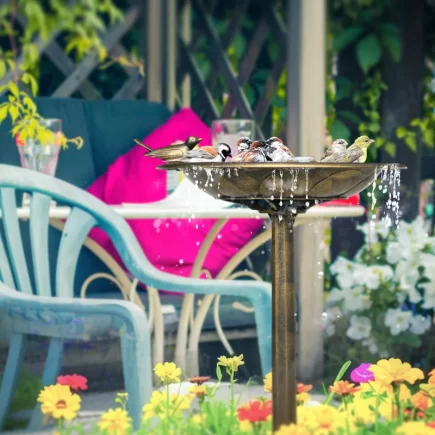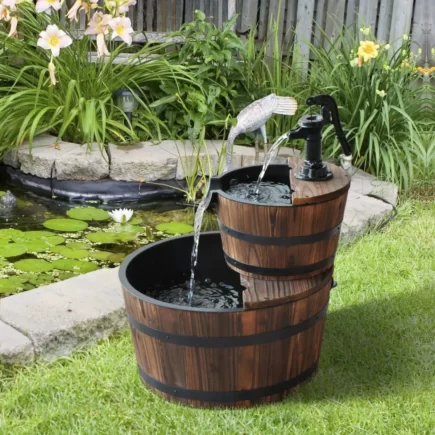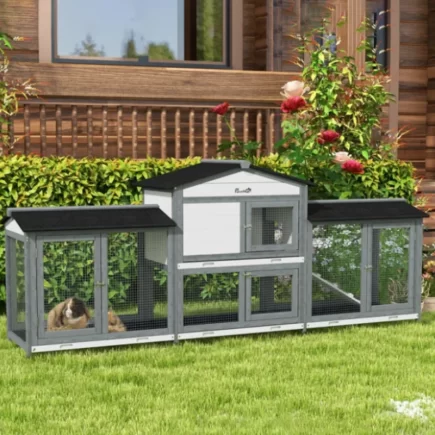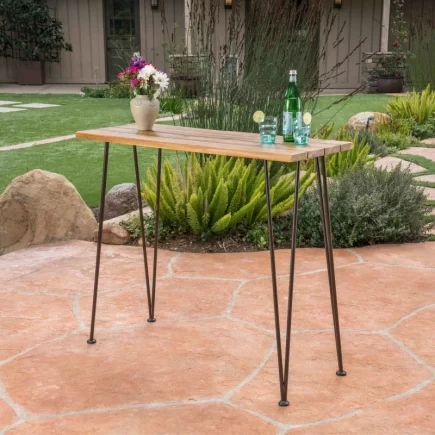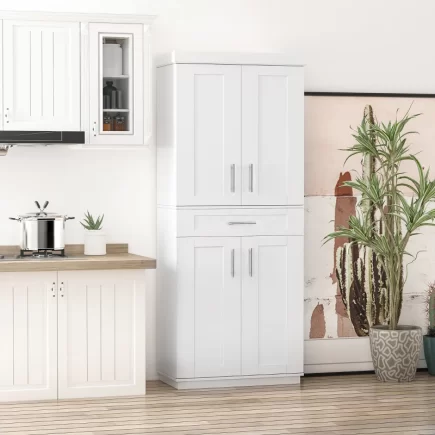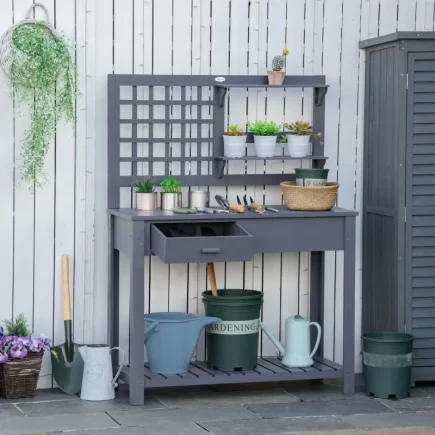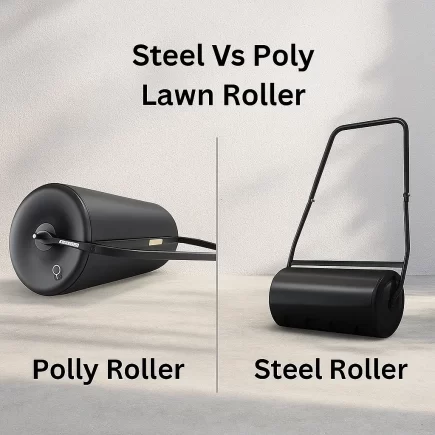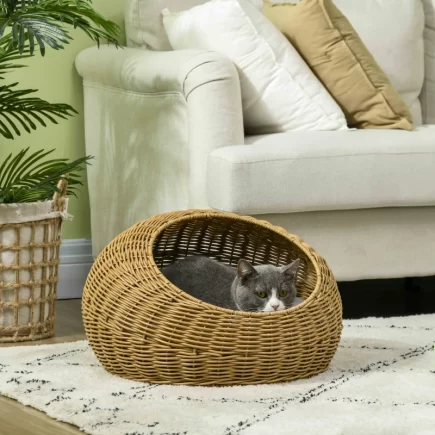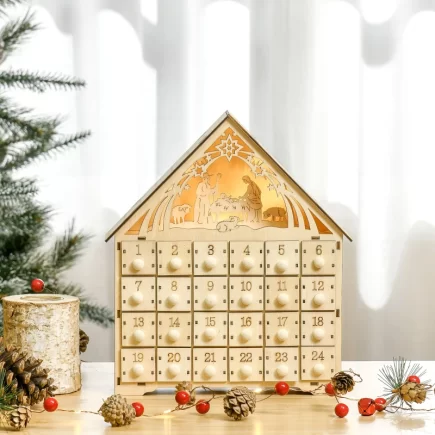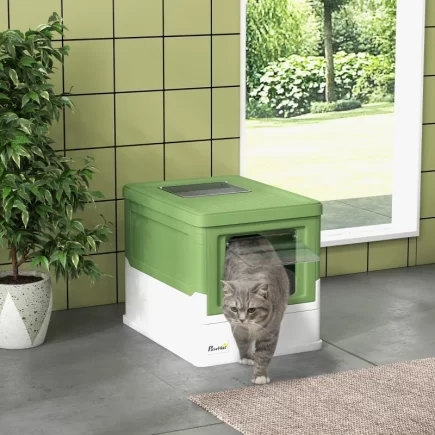Greenhouse gardening is a rewarding way to grow plants in a controlled, year-round environment. It allows you to cultivate plants that may not survive outdoors. However, without proper planning and care, mistakes can lead to wasted time, money, and damaged plants. This guide will help you recognize and avoid the most common greenhouse gardening mistakes, so you can ensure your plants thrive and your gardening experience is a success.

Mistake 1: Picking the Wrong Location
Choosing the wrong location for your greenhouse can have a major impact on its success. Here are the key factors to consider when selecting the perfect spot.
1. Ensuring Ample Sunlight
Sunlight is essential for plant growth. Your greenhouse needs to receive direct sunlight for most of the day to support photosynthesis. Avoid placing it in areas shaded by trees, buildings, or fences, as these can block sunlight, limiting plant growth. The ideal spot should receive full sun, especially during colder months when sunlight is less abundant.
2. Considering Wind Exposure
While some airflow is beneficial, strong winds can damage your greenhouse and cause temperature fluctuations. These fluctuations make it harder to maintain a stable environment for your plants. If you live in a particularly windy area, try positioning your greenhouse near a windbreak, such as a wall or hedge, to reduce exposure to harsh winds and protect the structure.
3. Avoiding Trees Nearby
Though trees can act as a natural barrier to wind, they also create problems for your greenhouse. Trees block sunlight and drop debris such as leaves and branches, which can damage the greenhouse and require extra cleaning. Additionally, the roots of nearby trees can infiltrate the greenhouse floor, leading to drainage issues and impacting the availability of nutrients for your plants.
4. Choosing the Right Orientation

To maximize sunlight, place your greenhouse facing south (in the Northern Hemisphere). This orientation ensures the structure receives the most sunlight throughout the day, especially in winter.
Mistake 2: Poor Ventilation and Air Circulation
Good ventilation is crucial in any greenhouse to maintain a healthy growing environment. However, many gardeners overlook the importance of air circulation, leading to issues like excessive humidity, poor plant growth, and fungal infections.
Proper Airflow to Avoid Disease
Plants need fresh air to thrive. Without sufficient airflow, they can become stressed, show poor growth, or even die. Poor ventilation leads to stagnant, humid conditions, which are perfect for mold, mildew, and other fungal diseases to thrive. These diseases can spread quickly, ruining entire crops. Furthermore, inadequate airflow makes it harder to control the temperature, potentially increasing energy costs if heating or cooling systems are used to stabilize the environment.

Mistake 3: Neglecting Temperature Control
Proper temperature management is essential in a greenhouse, yet many gardeners overlook it. Greenhouses are enclosed environments, making it easy to forget about temperature fluctuations, especially without proper monitoring systems.
1. Underheating in Greenhouses
Extreme temperatures, whether too hot or too cold, can harm plants. Overheating can cause plants to wilt and die from heat stress, while underheating can lead to frost damage, particularly in more delicate species. Both temperature extremes stunt plant growth and can ultimately kill them if not managed properly.
2. Temperature Ranges for Different Seasons
For most greenhouse plants, the ideal daytime temperature is between 65°F and 75°F (18°C to 24°C). At night, temperatures should be slightly cooler, ideally ranging from 50°F to 60°F (10°C to 16°C). While these ranges work for most plants, specific crops may require higher or lower temperatures, so it’s essential to research the needs of the plants you are growing.
Mistake 4: Ignoring Humidity Levels
Humidity plays a significant role in the health of greenhouse plants. Too much moisture can create the perfect conditions for mold, mildew, and other diseases, while too little moisture can cause plants to wilt and dry out.
1. Impact of High Humidity on Mold, Pests, and Plants
Excessive humidity inside the greenhouse can cause moisture to accumulate on plant leaves and surfaces. This provides the perfect environment for mold, mildew, and fungal diseases, which can damage plants quickly. Pests, such as aphids, spider mites, and whiteflies, also thrive in high-humidity conditions, making it difficult to maintain a healthy garden.
2. Monitoring and Adjusting Humidity Level
Using a hygrometer is an easy way to monitor humidity levels. Most greenhouse plants thrive in a humidity range of 50% to 70%. If humidity levels get too high, consider installing a dehumidifier or adding ventilation to remove excess moisture.
Mistake 5: Overwatering or Underwatering
Watering is crucial for plant health, but many gardeners struggle with finding the right balance. Overwatering can lead to root rot, while underwatering stresses plants and prevents optimal growth.
1. Effects of Inconsistent Watering
Overwatering leads to waterlogged soil, depriving plant roots of oxygen and causing them to suffocate. This can result in root rot and plant death. On the other hand, underwatering leaves plants dehydrated, preventing them from absorbing the nutrients they need to grow properly.
2. Best Practices for Irrigation: Drip Systems and Moisture Meters
To avoid overwatering or underwatering, drip irrigation systems are ideal for greenhouses. They deliver water directly to the roots, minimizing water waste and preventing the soil from becoming soggy.
A moisture meter is another useful tool to ensure consistent watering. It helps measure the moisture level in the soil, providing accurate readings and preventing over or underwatering.
3. Establishing a Watering Routine
In addition to using drip irrigation, it’s important to establish a consistent watering routine. Most greenhouse plants benefit from early morning watering, as it allows them to absorb moisture before the heat of the day causes evaporation, ensuring they stay properly hydrated.

Mistake 6: Poor Soil Management
Healthy, well-managed soil is essential for a successful greenhouse garden. Many gardeners overlook soil health, which can lead to nutrient deficiencies, poor root development, and weak plants.
1. Importance of Nutrient-Rich
Soil plays a critical role in providing plants with the nutrients they need to grow. Healthy soil is nutrient-rich, well-drained, and has the right pH balance for the plants you’re growing. If the soil is too compact or poorly draining, it can suffocate the roots, leading to root rot and poor plant growth. Ensuring the soil drains well is crucial for maintaining plant health.
2. Mistakes and Solutions for Maintaining Healthy Soil
One of the most common mistakes is reusing old soil without replenishing nutrients. Over time, the soil can become depleted, making it difficult for plants to access the nutrients they need. Regularly amending your soil with organic matter like compost, well-rotted manure, or other soil amendments can help restore soil fertility and improve its structure, promoting better root development and overall plant health.
Another common mistake is ignoring pH levels. Different plants thrive at different pH levels, and if your soil’s pH is out of balance, plants may struggle to absorb essential nutrients. Regularly test your soil’s pH and adjust it as needed using organic amendments such as lime (to raise pH) or sulfur (to lower pH), ensuring that the soil is suitable for the plants you’re growing.

Mistake 7: Overcrowding Plants in Greenhouse
In a greenhouse, it can be tempting to pack as many plants as possible into the available space. However, overcrowding is one of the most common mistakes gardeners make. It restricts plant growth, limits airflow, and increases the likelihood of disease.
1. Limited Airflow and Nutrient Competition
When plants are overcrowded, they compete for light, nutrients, and water, which stunts their growth and makes them more vulnerable to pests and diseases. Moreover, overcrowding reduces airflow, which can lead to a buildup of humidity and stagnant air, providing the perfect conditions for mold and mildew.
2. Proper Spacing for Optimal Plant Growth

To ensure your plants have room to grow, follow the recommended spacing guidelines for each species. Larger plants like tomatoes or peppers need more space to spread out, while smaller plants like herbs or lettuces can be placed closer together. In addition to horizontal spacing, make use of vertical space by utilizing shelves, hanging baskets, or trellises to grow plants upward.
Mistake 8: Failing to Sterilize the Greenhouse
Cleanliness is crucial for maintaining a healthy greenhouse environment. Many gardeners overlook the importance of regular cleaning and sterilization, leading to pest infestations, diseases, and poor plant health.
Cleaning and Sterilizing the Greenhouse
Pests, diseases, and mold can quickly spread in a greenhouse if it’s not kept clean. Regular cleaning of the floor, walls, windows, and tools will help reduce the chances of pests and diseases taking root. This includes removing old plant material, disinfecting pots, and wiping down greenhouse surfaces.
Sterilizing the greenhouse at the start of each season is also a good idea. Use a diluted bleach solution or an organic disinfectant to sanitize your greenhouse equipment and surfaces. This ensures that your plants start off in a clean, healthy environment, reducing the likelihood of pest outbreaks and diseases.

Mistake 9: Neglecting Pest and Disease Control
Even in a greenhouse, pests and diseases can cause major problems. The controlled environment can trap pests inside, and the warm, humid conditions can promote the growth of diseases. Neglecting pest control can result in significant crop loss.
1. Common Pests and Diseases
Greenhouses are ideal breeding grounds for pests like aphids, whiteflies, spider mites, and thrips. These insects thrive in the warm, moist conditions of the greenhouse and can damage plants by feeding on their leaves and stems. Additionally, fungal diseases like powdery mildew and botrytis can spread quickly in humid environments.
2. Organic Pesticides and Natural Predators
To control pests and diseases effectively, adopt an Integrated Pest Management (IPM) approach. This involves using a combination of natural predators, organic pesticides, and cultural practices to minimize pest damage. For example, ladybugs and lacewings are natural predators that feed on aphids and other pests, while neem oil and insecticidal soaps are effective organic treatments for controlling a wide range of greenhouse pests.

Mistake 10: Choosing Incompatible Plants
One common mistake many greenhouse gardeners make is selecting plants that are incompatible with the greenhouse environment. Each plant species has unique needs, and mixing plants with different requirements can lead to poor growth and even plant failure.
1. Plant Compatibility in Greenhouse
Every plant has specific needs when it comes to light, temperature, and humidity. For example, tropical plants thrive in high humidity and warm temperatures, while succulent plants require a dry atmosphere and cooler temperatures. If these plants are placed together in an environment that doesn’t suit their individual needs, they can become stressed and fail to thrive.
Grouping plants with differing requirements can lead to stunted growth, increased vulnerability to pests and diseases, and a decrease in overall plant health. Ensuring compatibility is key to maintaining a productive and healthy greenhouse garden.
2. How to Choose Plants
Before selecting plants for your greenhouse, it’s essential to research their specific needs. Plants with similar environmental requirements should be grouped together to ensure they receive optimal growing conditions.
For example, heat-loving plants like tomatoes and peppers should be grouped in one area of the greenhouse, while cool-weather plants like lettuce, spinach, and herbs should be placed in another section where the temperature can be more easily controlled. Additionally, consider the humidity levels tropical plants may need higher humidity, while cacti and succulents prefer drier conditions.
By carefully selecting and grouping plants with similar requirements, you can create an environment where each plant can thrive, leading to better growth, healthier plants, and improved yields.

Building a successful greenhouse garden is a rewarding experience that can provide beautiful plants, vegetables, and flowers year-round. However, to make your greenhouse garden thrive, it’s essential to avoid the common mistakes that can harm your plants and waste your time and money. From choosing the wrong location to neglecting pest control, each mistake can negatively affect your greenhouse’s productivity.
FAQs
1. How can I prevent plant overcrowding in my greenhouse?
Overcrowding can limit plant growth and airflow. Always follow spacing guidelines specific to each plant, and consider using vertical space through shelving or trellises. This ensures that plants have enough room for healthy development and airflow.
2. How often should I clean and sterilize my greenhouse?
Clean your greenhouse regularly, especially at the start of each season. Disinfect surfaces, pots, and tools with a diluted bleach solution or an organic disinfectant to prevent pest infestations and disease spread.
3. Can I grow plants with different environmental needs in the same greenhouse?
It’s best to group plants with similar temperature, humidity, and light requirements together. Mixing incompatible plants can stress them, leading to poor growth or plant failure. Researching each plant’s needs ensures better compatibility.

